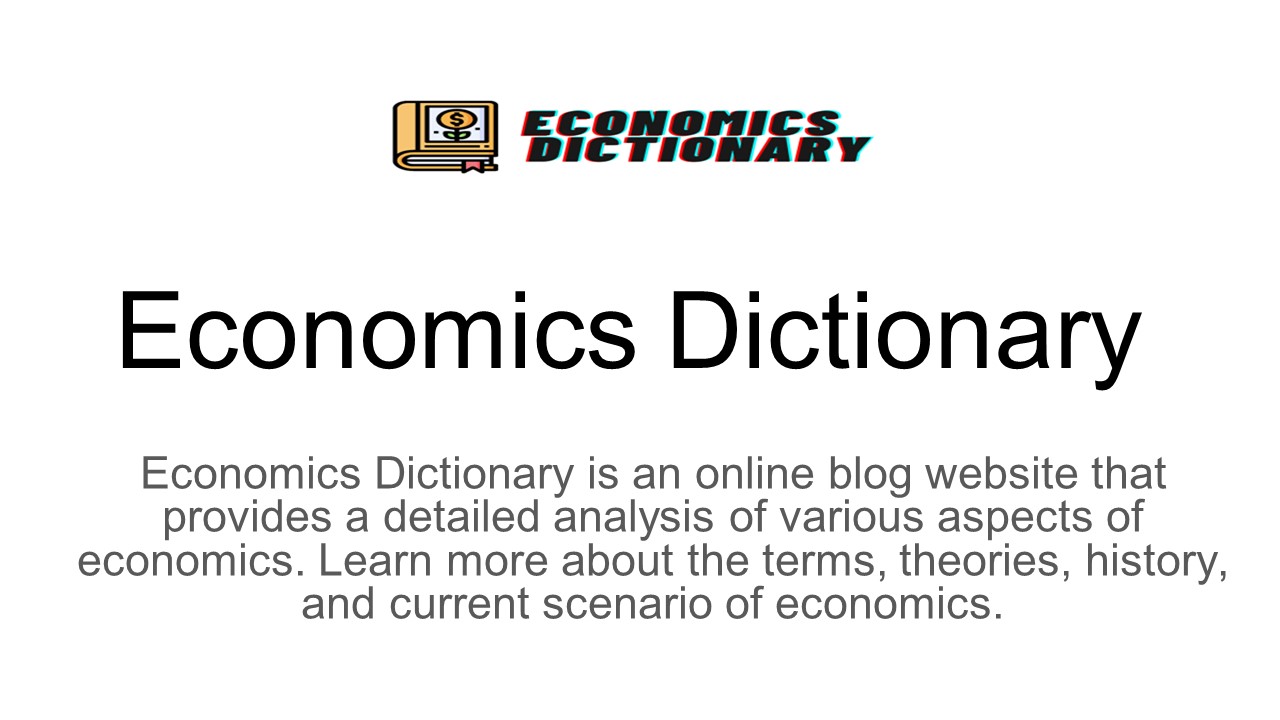Demand Curves in Economics - PowerPoint PPT Presentation
Title:
Demand Curves in Economics
Description:
The demand curve is used to determine the relationship between the price of goods and services and the quantity demanded. When we try to go by the bookish language, it can be a little intimidating and hard to understand some of the basic concepts of Economics. – PowerPoint PPT presentation
Number of Views:2
Title: Demand Curves in Economics
1
Economics Dictionary
- Economics Dictionary is an online blog website
that provides a detailed analysis of various
aspects of economics. Learn more about the terms,
theories, history, and current scenario of
economics.
2
Demand Curves in Economics
- The demand curve is used to determine the
relationship between the price of goods and
services and the quantity demanded. When we try
to go by the bookish language, it can be a little
intimidating and hard to understand some of the
basic concepts of Economics. So, here, let us try
to simplify the explanation of the demand curve
so that it can be a fun learning experience for
you.
3
Meaning of Demand Curves in Economics
- In Economics, the demand curve is represented
with the help of line graphs. It is a way to show
the relationship between the quantity of the
purchased goods and services and their prices.
While demonstrating this relationship with a line
graph, you may mark the prices of goods and
services on the vertical (Y) axis, and the
quantity of the purchased goods should be marked
horizontally on the (X) axis. The whole purpose
of drawing and explaining a demand curve as a
concept of Economics is to analyze the
relationship between price and quantity to
determine the Law of Demand. Before we dwell
further into the details, let us tell you what is
the meaning of the Law of Demand. This law states
that the quantity demanded will have an inverse
relationship with the price of the goods. This
means, when the prices go high, the quantity
demanded will decrease.
4
How To Draw A Demand Curve
- Drawing a demand curve comes in certain steps.
These steps are to be followed using the
information provided to you in the form of a
demand schedule. The demand schedule shows how
many units of a commodity, good, or service will
be purchased at various price points. Once you
take cues from the demand schedule, you can be
certain to know how the demand curve will be
drawn. To explain this better, let us give you an
example. - Below is the demand schedule for cotton
5
(No Transcript)
6
- If the price were to change from P 6 to P
4, it would cause a movement along the demand
curve, as the new quantity demanded would be 3000.
So, this was all about the demand curve and its
corresponding concepts. Well, there are also
some exceptions to the demand curve that you must
know.
7
Exceptions to the Demand Curve
- Just as every relationship in the world has
certain exceptions to it, the demand curve too
has its own set of exceptions. - Giffen Goods Giffen Goods are the staple food
items like rice and bread which do not have any
substitutes available, so the price of these
goods does not affect the demand negatively. When
the price goes up, their demand goes up, and when
the price goes low, their demand goes low. - Essential Goods Certain goods and commodities
that are essential will not have an impact from
the increasing or decreasing prices. For example,
medicines. No matter the pricing variations, if
one needs to buy medicines they will do so
irrespective of the price fluctuations. So, in
this case, the essential goods become an
exception to the demand curve. - Luxury Goods Goods and services that belong to
the category of luxury items are another
exception to the law of demand. These goods are
mainly purchased by wealthy consumers who would
buy such goods only if they have a high price.
For a wealthy chunk of consumers, higher prices
indicate higher prestige, social status, and
value.































